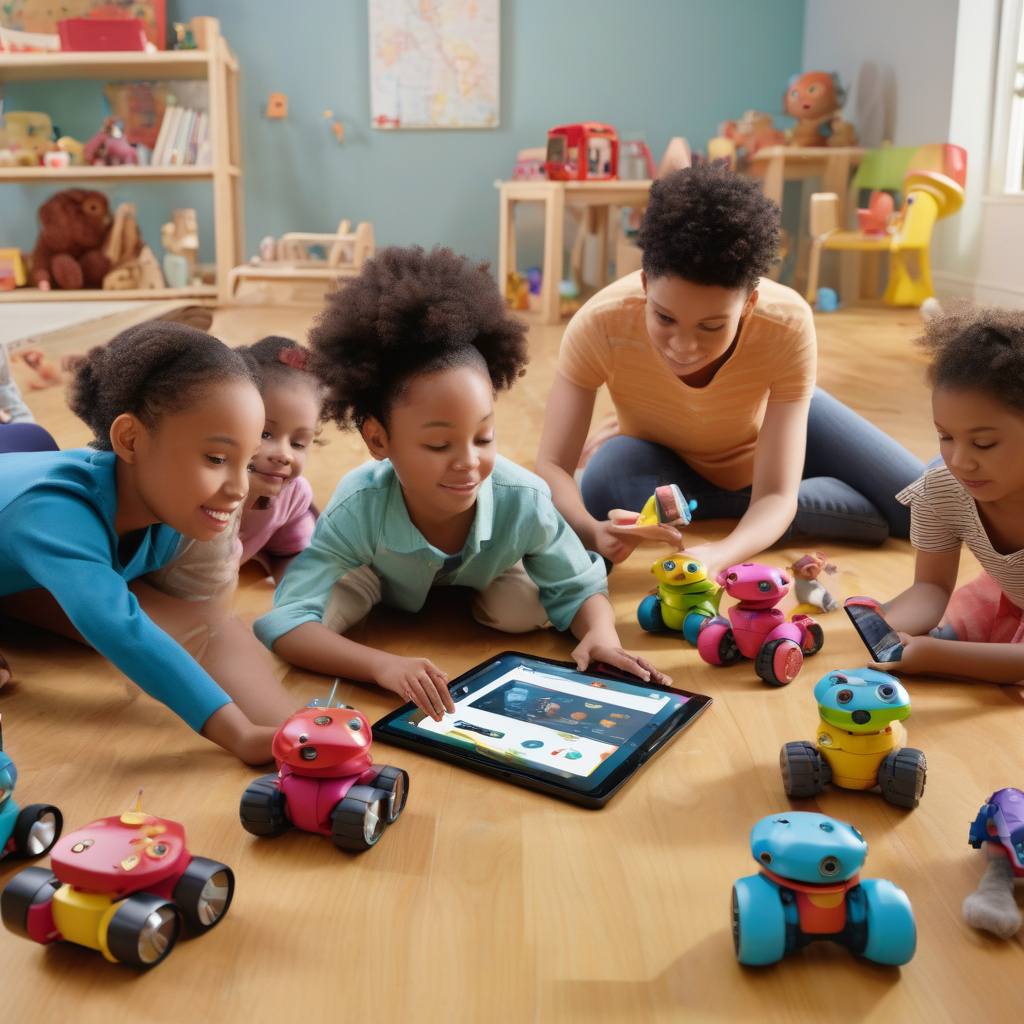AI Toys: Revolutionizing Children’s Learning and Play
In recent years, the rise of artificial intelligence (AI) has permeated various aspects of our daily lives, including the way children learn and play. With the advent of AI toys, youngsters are now gaining interactive companions that not only entertain them but also educate and engage them in ways that were previously unimaginable. This shift towards AI-driven playthings is reshaping the traditional toy industry, prompting regulators to urge safeguards to ensure children’s safety and well-being.
Gone are the days when playtime for children solely revolved around physical toys or human interaction. The integration of AI technology into toys has opened up a world of possibilities, offering immersive learning experiences that adapt to each child’s individual needs and preferences. These AI toys can converse with children, answer their questions, tell stories, play games, and even help with homework. By providing personalized interactions, AI toys have the potential to enhance children’s cognitive development and creativity while keeping them entertained for hours on end.
One of the key advantages of AI toys is their ability to fill the gap left by the increasing reliance on screens for entertainment and education. With more children spending extended periods in front of tablets, smartphones, and computers, there is a growing concern about the potential negative effects of excessive screen time on their development. AI toys offer a screen-free alternative that combines the benefits of technology with the tactile experience of playing with physical toys, striking a balance that is conducive to healthy cognitive and social growth.
However, as AI toys become more prevalent in households around the world, regulators are emphasizing the need for safeguards to protect children from potential risks. Privacy concerns, data security, and the potential for AI toys to influence children’s behavior are among the key areas of focus for regulators seeking to ensure that these interactive companions remain safe and beneficial for young users. By establishing guidelines and standards for the design and use of AI toys, regulators aim to mitigate any potential harm and promote responsible innovation in the toy industry.
Despite the regulatory challenges, the market for AI toys continues to expand rapidly, with toy manufacturers investing heavily in research and development to create cutting-edge products that captivate young audiences. From interactive robots and smart dolls to educational games and storytelling devices, the range of AI toys available to children today is diverse and ever-growing. As AI technology continues to advance, the possibilities for enhancing children’s learning and play experiences are virtually limitless.
In conclusion, AI toys are revolutionizing the way children learn and play, offering interactive companions that teach, engage, and entertain in ways that were previously unthinkable. While regulators are calling for safeguards to ensure the safety and well-being of young users, the potential benefits of AI toys in fostering cognitive development and creativity are undeniable. As the toy industry continues to embrace AI technology, we can expect to see even more innovative and immersive play experiences that shape the future of childhood education and entertainment.
AI toys, children, learning, play, regulators












